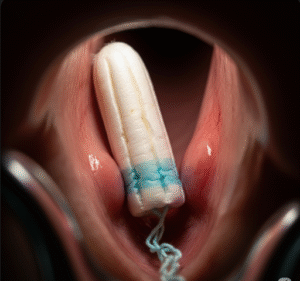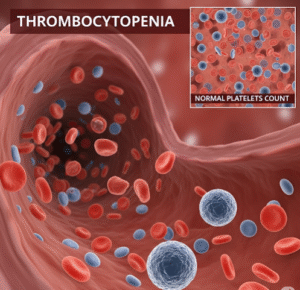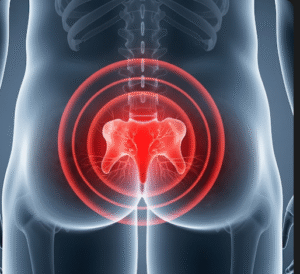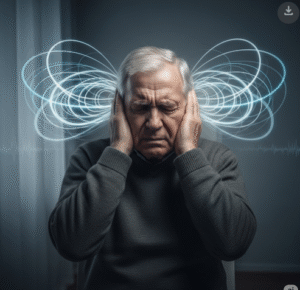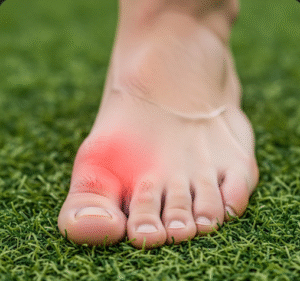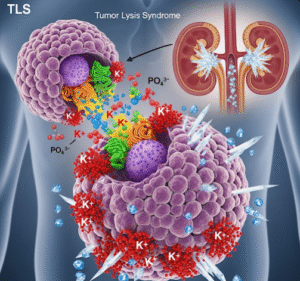Overview
A sprained wrist is a common injury involving the stretching or tearing of ligaments that support the wrist joint. It often results from falls, sports injuries, or sudden twists. In Korea, sprained wrists are frequently treated in emergency rooms, orthopedic clinics, and physical therapy centers, with modern diagnostic tools and rehabilitation services widely available.
What is a Sprained Wrist?
A wrist sprain occurs when the ligaments—strong bands of tissue connecting bones in the wrist—are stretched beyond their normal range or torn. The injury can range from mild stretching to complete ligament rupture, causing pain, swelling, and limited movement. Prompt treatment is important to prevent chronic instability or arthritis.
Symptoms
- Pain around the wrist joint, especially with movement
- Swelling and bruising
- Tenderness to touch
- Limited range of motion or stiffness
- Weakness or difficulty gripping objects
- A popping or tearing sensation at the time of injury (in some cases)
Causes
- Falling onto an outstretched hand
- Sports injuries (e.g., basketball, gymnastics)
- Sudden twisting or impact injuries
- Motor vehicle accidents or direct blows to the wrist
- Repetitive stress or overuse (less common for acute sprains)
Risk Factors
- Participation in high-impact or contact sports
- Previous wrist injuries or sprains
- Poor conditioning or lack of wrist strength
- Improper technique during physical activity
- Age-related ligament weakening
Complications
- Chronic wrist pain or instability
- Tendonitis or nerve compression (e.g., carpal tunnel syndrome)
- Decreased grip strength
- Development of arthritis if untreated or recurrent injury occurs
- Delayed healing or non-healing ligament damage
Prevention
- Use wrist guards or braces during high-risk sports
- Warm up and stretch before physical activities
- Strengthen wrist and forearm muscles through exercise
- Practice proper technique and body mechanics
- Avoid overuse and allow adequate recovery time
- Use ergonomic tools if performing repetitive wrist motions
Treatment Options in Korea
- Initial Care
- Rest, Ice, Compression, Elevation (RICE) immediately after injury
- Immobilization with wrist splints or braces available in clinics and pharmacies
- Over-the-counter pain relievers like acetaminophen or NSAIDs
- Medical Evaluation
- Orthopedic consultation in hospitals or specialized clinics
- Imaging studies such as X-rays or MRI to rule out fractures or ligament tears
- Severity assessment to decide between conservative or surgical treatment
- Physical Therapy
- Supervised rehabilitation programs in Korean physiotherapy centers
- Range-of-motion and strengthening exercises tailored to patient needs
- Techniques like ultrasound therapy, electrical stimulation, or manual therapy
- Surgical Treatment
- Reserved for severe ligament tears or wrist instability
- Minimally invasive arthroscopic procedures or open ligament repair available at advanced medical centers (e.g., Seoul National University Hospital, Samsung Medical Center)
- Postoperative rehabilitation to restore function
- Follow-up Care
- Regular monitoring by orthopedic specialists
- Gradual return to activities with protective support
- Education on injury prevention and wrist care




